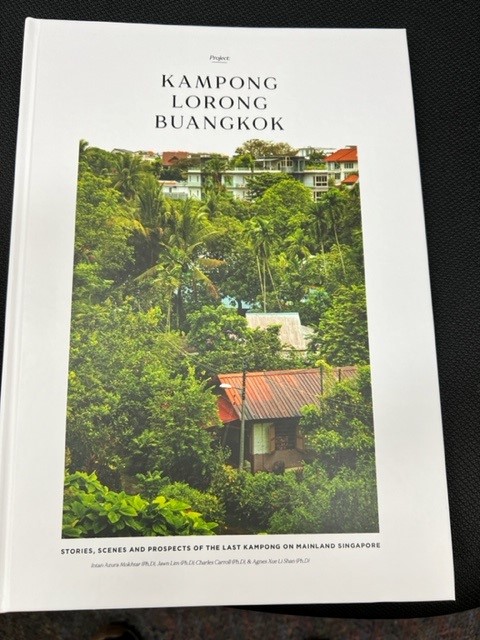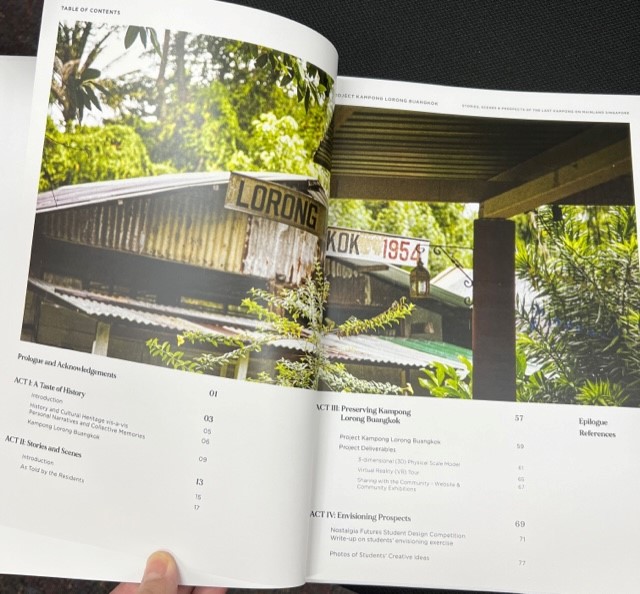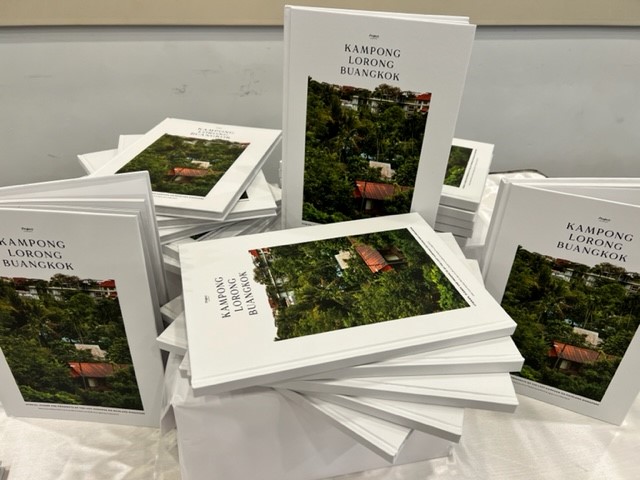Project Kampong Lorong Buangkok
A
funded project by the Singapore Institute of Technology
A project grant was awarded by the Singapore Institute of Technology (SIT) to the project team (as Principal Investigator and Co-Principal Investigators) for Project Kampong Lorong Buangkok: Preserving Singapore Mainland’s Last Kampong. The aim of this project was to capture the rich oral history accounts and collective stories about the kampong and its people before urban redevelopment and renewal, or gentrification, took over.
With the above motivation, this project sought to achieve the following objectives:
(a) Compilation of oral history accounts and personal narratives by the residents still living in the kampong, who have seen changes in the kampong and its surrounding areas from pre-independence (1956) to present day, where such oral history accounts will be able to provide rich insights into the social changes that have happened in the kampong, a microcosm of multi-racial and multi-religious Singapore;
(b) Production of a detailed 3-dimensional layout of the kampong, harnessing virtual reality (VR) technologies, that can be captured and displayed on various technological platforms in the future, whether online or in exhibitions, community showcases or roadshows. This is particularly important in preserving the memory of the kampong when it eventually makes way for urban redevelopment;
(c) Compilation of the above audio-visual, text-based and digital documentation will serve as a basis for cultural, heritage, historical and values education, and racial-religious understanding, among current and future generations of Singaporeans; and
(d) Opportunities for students in the Singapore Institute of Technology (SIT) to be involved in an extensive social and community project that helps fulfil the fourth SIT-DNA of being ‘Grounded in the Community’.
The
deliverables for the project were:
(a) A compilation of the oral history accounts and personal narratives of the residents (audio-visual video clips or documentaries, and text publications such as a coffee table book);
(b) A technology-based audio-visual documentation of the kampong, including a possible 3-dimensional (3D) physical and digital/VR modelling of the layout of the kampong;
(c) An online platform/website showcasing and documenting the oral history accounts, photographs, video footages, and 3D digital/VR modelling of the kampong; and
(d) Campus-wide exhibition in SIT and community exhibitions (in community centres) showcasing the above deliverables for both SIT students and the general public in Singapore, to view and have access to the information collated.
(a) A compilation of the oral history accounts and personal narratives of the residents (audio-visual video clips or documentaries, and text publications such as a coffee table book);
(b) A technology-based audio-visual documentation of the kampong, including a possible 3-dimensional (3D) physical and digital/VR modelling of the layout of the kampong;
(c) An online platform/website showcasing and documenting the oral history accounts, photographs, video footages, and 3D digital/VR modelling of the kampong; and
(d) Campus-wide exhibition in SIT and community exhibitions (in community centres) showcasing the above deliverables for both SIT students and the general public in Singapore, to view and have access to the information collated.
Oral
history accounts and personal narratives
The oral history accounts and personal narratives of the residents are captured in the virtual reality (VR) Tour, as well as the short video on the residents and the kampong, both available in this website. In addition, their stories and the still images of both the residents and the kampong are also captured and commemorated in the coffee table book produced from this project.
The oral history accounts and personal narratives of the residents are captured in the virtual reality (VR) Tour, as well as the short video on the residents and the kampong, both available in this website. In addition, their stories and the still images of both the residents and the kampong are also captured and commemorated in the coffee table book produced from this project.
Three-dimensional
(3D) physical and VR modelling of the kampong
A three-dimensional (3D) physical scale model was created by SIT Design programme students who were engaged by the project team as student assistants. The students made several trips to the kampong to take site measurements for the physical scale model. The students also had the opportunity to engage in a conversation with some of the residents, as they went about taking site measurements including those of the houses, while the residents went about doing their daily chores.
A collaboration with an interactive digital media production company, FX Media Internet Pte Ltd, was established with the project team. FX Media helped the project team capture the contents, photographs, and ambient sounds of the kampong, and develop the virtual reality content for a virtual tour of the kampong. This virtual tour of the kampong was made available on Oculus Go goggles (which could be showcased in the planned community exhibitions), as well as through this website.
The virtual tour of the kampong was originally built for the Oculus Go VR headset as it was relatively affordable, portable and lightweight for non-enthusiasts. Eye gaze was implemented as the primary interaction modality for accessibility to the general public – where the virtual kampong tour participant using the Oculus goggles can ‘walk’ about in the kampong, ‘enter’ a few kampong houses, read some fun facts about the kampong, or watch and listen to an audio-visual clip of a few of the kampong residents who were interviewed – just by focusing their gaze onto specific icons in the virtual tour. The ambient sounds of the kampong such as chirping birds, and the sounds of crickets, add to the surround sound of the kampong during the virtual tour.
A three-dimensional (3D) physical scale model was created by SIT Design programme students who were engaged by the project team as student assistants. The students made several trips to the kampong to take site measurements for the physical scale model. The students also had the opportunity to engage in a conversation with some of the residents, as they went about taking site measurements including those of the houses, while the residents went about doing their daily chores.
A collaboration with an interactive digital media production company, FX Media Internet Pte Ltd, was established with the project team. FX Media helped the project team capture the contents, photographs, and ambient sounds of the kampong, and develop the virtual reality content for a virtual tour of the kampong. This virtual tour of the kampong was made available on Oculus Go goggles (which could be showcased in the planned community exhibitions), as well as through this website.
The virtual tour of the kampong was originally built for the Oculus Go VR headset as it was relatively affordable, portable and lightweight for non-enthusiasts. Eye gaze was implemented as the primary interaction modality for accessibility to the general public – where the virtual kampong tour participant using the Oculus goggles can ‘walk’ about in the kampong, ‘enter’ a few kampong houses, read some fun facts about the kampong, or watch and listen to an audio-visual clip of a few of the kampong residents who were interviewed – just by focusing their gaze onto specific icons in the virtual tour. The ambient sounds of the kampong such as chirping birds, and the sounds of crickets, add to the surround sound of the kampong during the virtual tour.
Online platform/website
The oral history accounts and personal narratives, video footages and clips from the interviews conducted with the residents, and pictures of the 3D physical model and VR modelling of the kampong, are made available on this website, which is for public access.
Community
Exhibitions
The first of these community exhibitions is planned to be held in the SIT main campus in Dover Road, in January 2022. However, this will be subject to safe distancing and other safe management measures because of the prevailing COVID-19 situation in Singapore.
Subsequent community exhibitions are planned to be held public spaces such as public libraries and community centres, around Singapore.
Other than the virtual tour, 3D model, and interview clips, the project team had also conducted a design and envisioning competition among selected SIT students in June-July 2020. This design and envisioning competition – Nostalgic Futures – was conducted with the intent to allow SIT students from the SIT Design programme to reach out to the kampong residents, find out more about the kampong, and envision what the kampong could be like in the future, despite planned urbanisation and gentrification for the kampong. More details of this design and envisioning competition are shared in the link on Nostalgic Futures on this website.
It is our hope that website and its contents, and the other creative outputs of our project, will help inspire others to creatively capture understandings of the diverse lives and contemporary social practices that constitute Singapore and communities such as Kampong Lorong Buangkok for the benefit of future generations.
The first of these community exhibitions is planned to be held in the SIT main campus in Dover Road, in January 2022. However, this will be subject to safe distancing and other safe management measures because of the prevailing COVID-19 situation in Singapore.
Subsequent community exhibitions are planned to be held public spaces such as public libraries and community centres, around Singapore.
Other than the virtual tour, 3D model, and interview clips, the project team had also conducted a design and envisioning competition among selected SIT students in June-July 2020. This design and envisioning competition – Nostalgic Futures – was conducted with the intent to allow SIT students from the SIT Design programme to reach out to the kampong residents, find out more about the kampong, and envision what the kampong could be like in the future, despite planned urbanisation and gentrification for the kampong. More details of this design and envisioning competition are shared in the link on Nostalgic Futures on this website.
It is our hope that website and its contents, and the other creative outputs of our project, will help inspire others to creatively capture understandings of the diverse lives and contemporary social practices that constitute Singapore and communities such as Kampong Lorong Buangkok for the benefit of future generations.
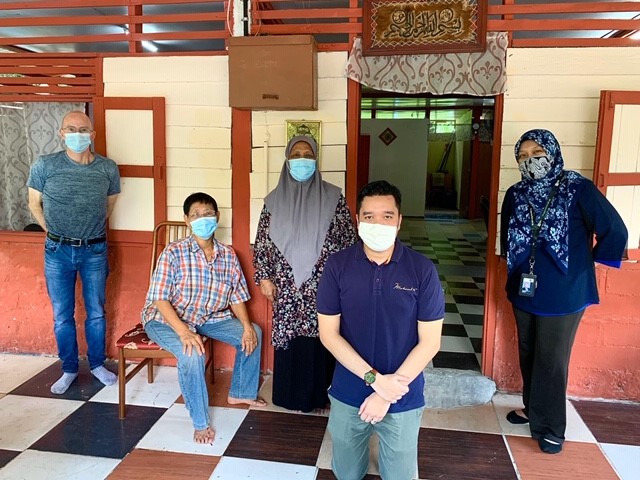
Group photo with Ms Sng, Mdm Maimah and Fauzi (SIT student)
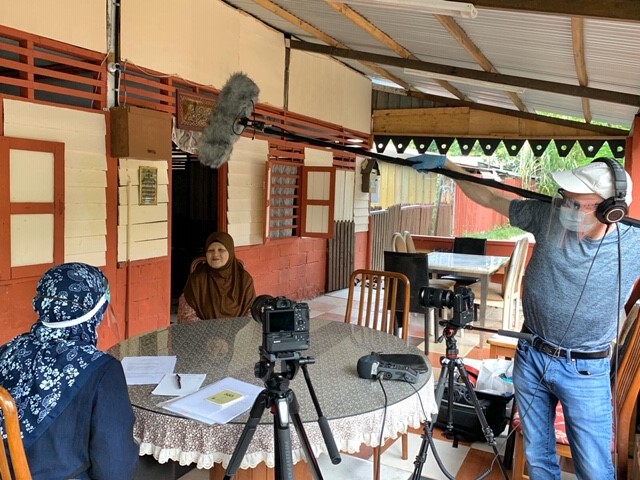
Interview with Mdm Fatimah
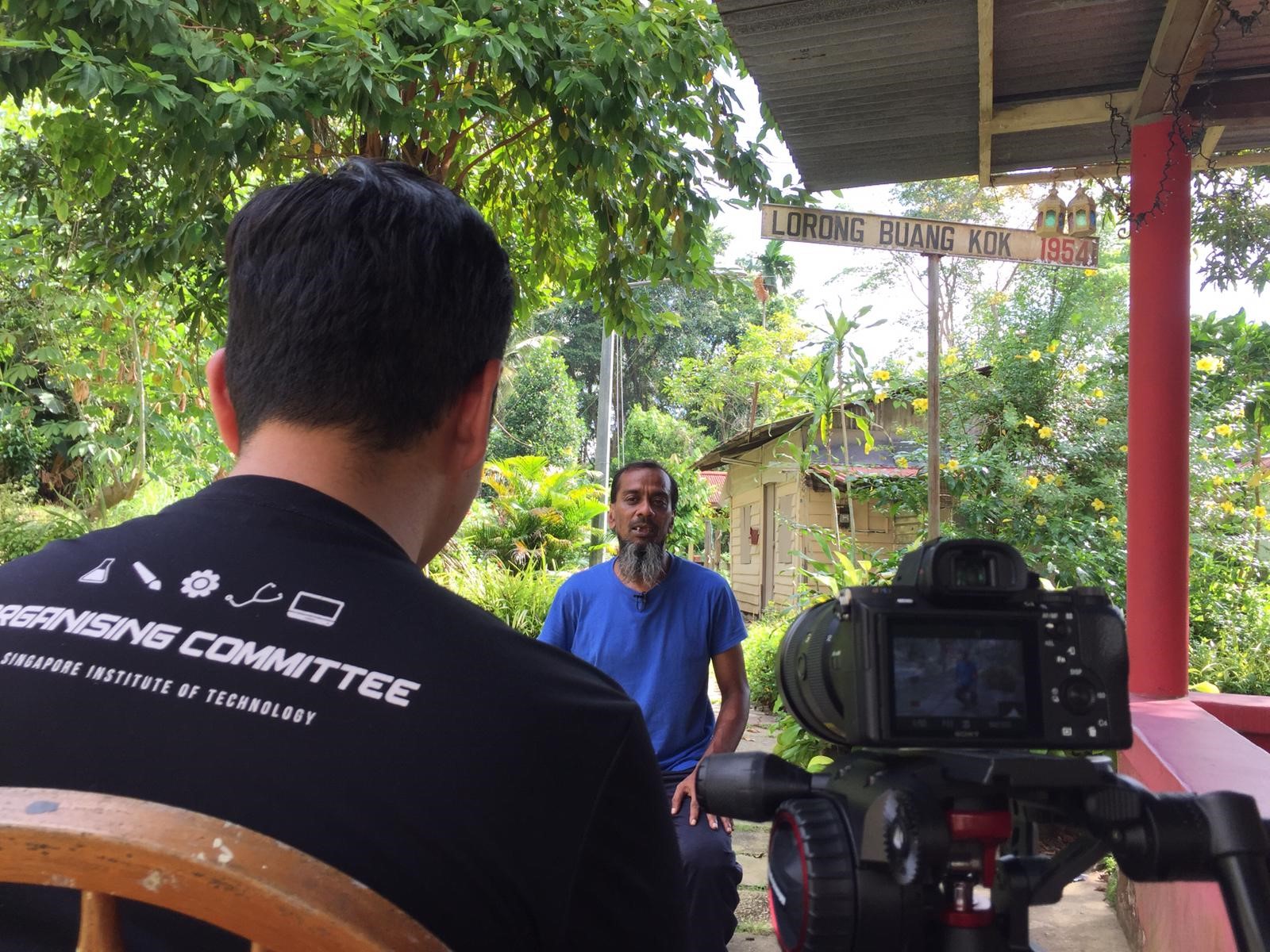
Interview with resident
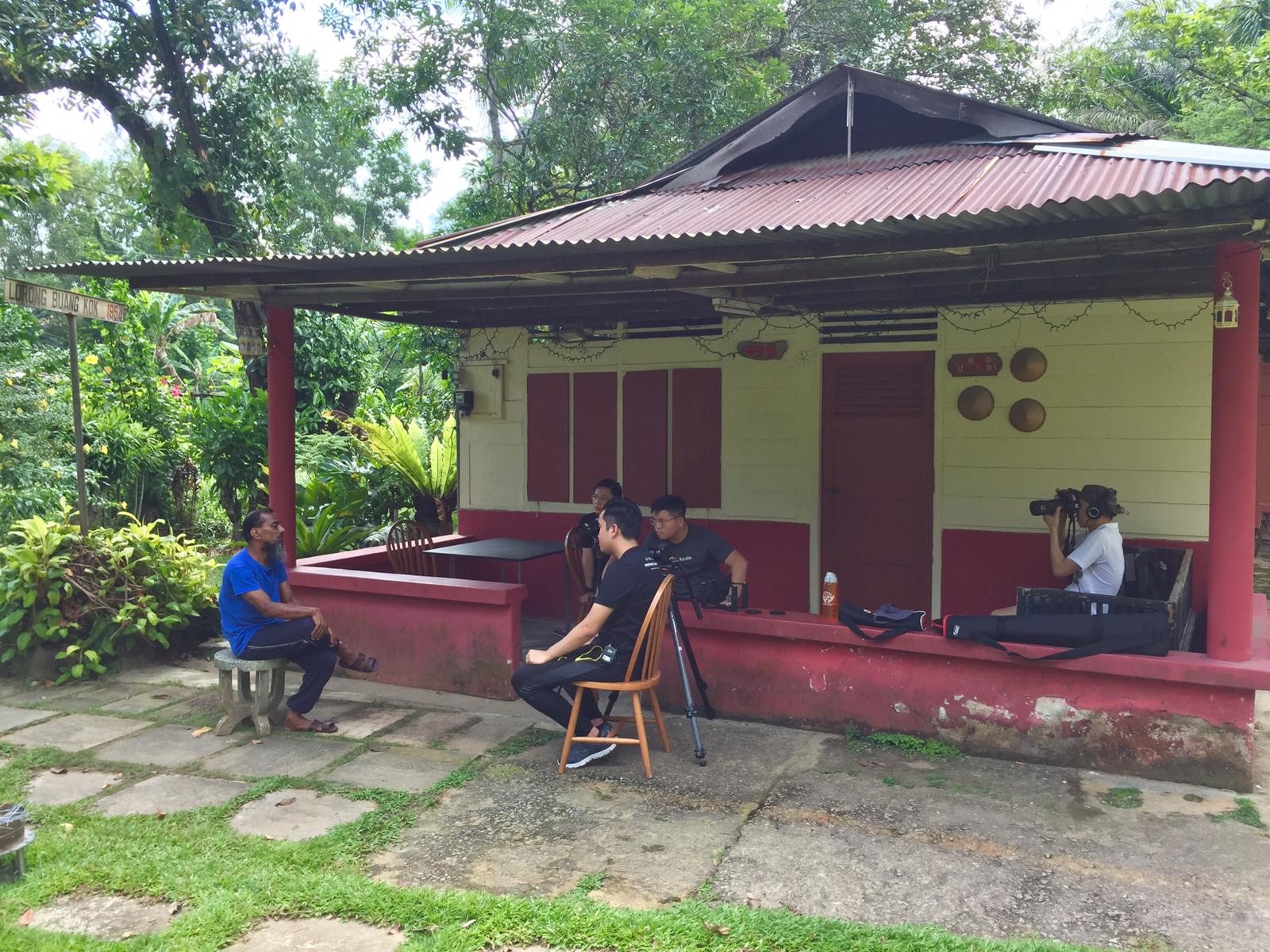
Interview with resident 2
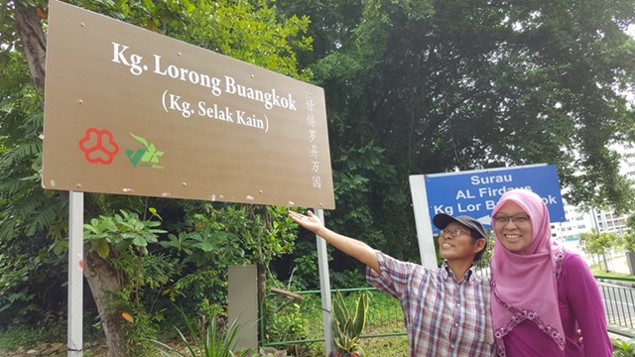
Photo with Ms Sng at entrance
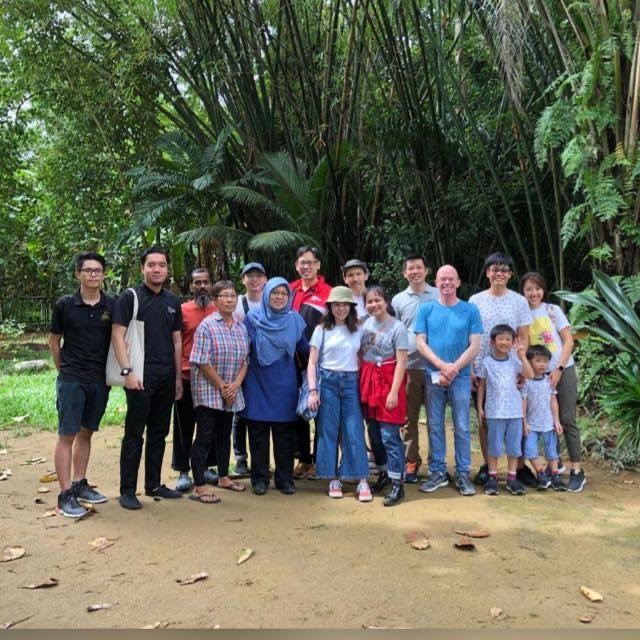
SIT Group photo in kampong
Models of KLB
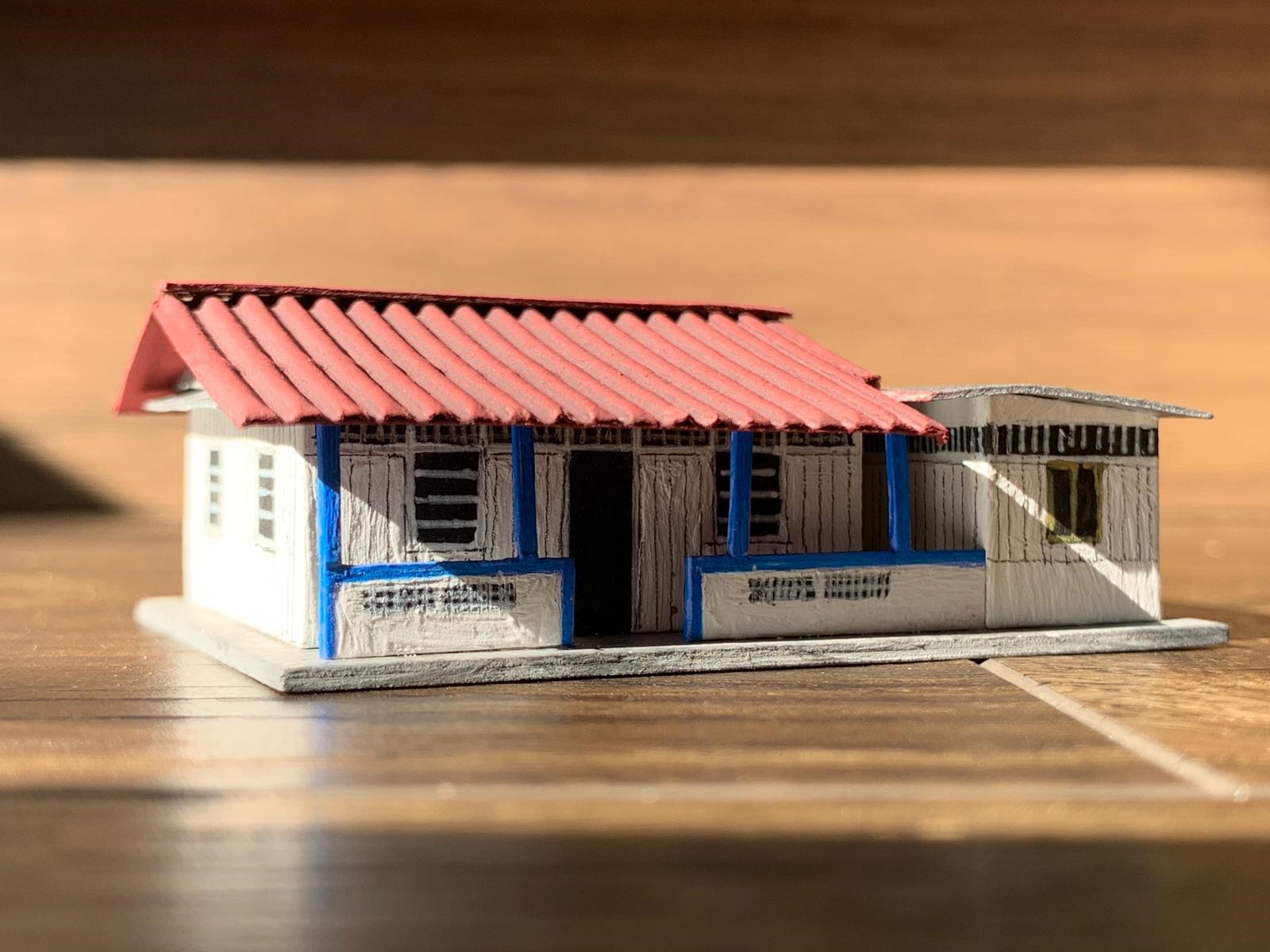
Miniature model house 1
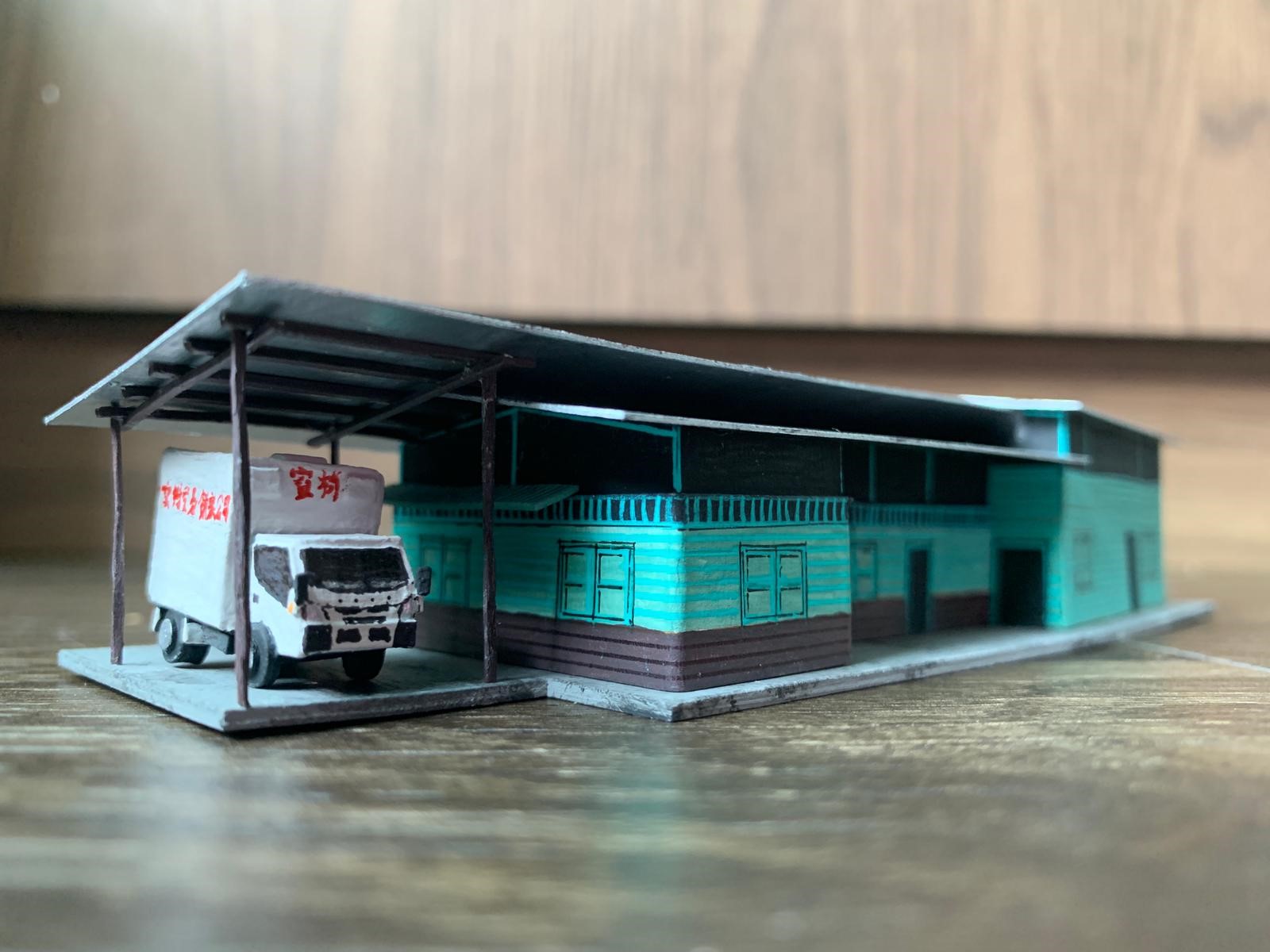
Miniature model house 2
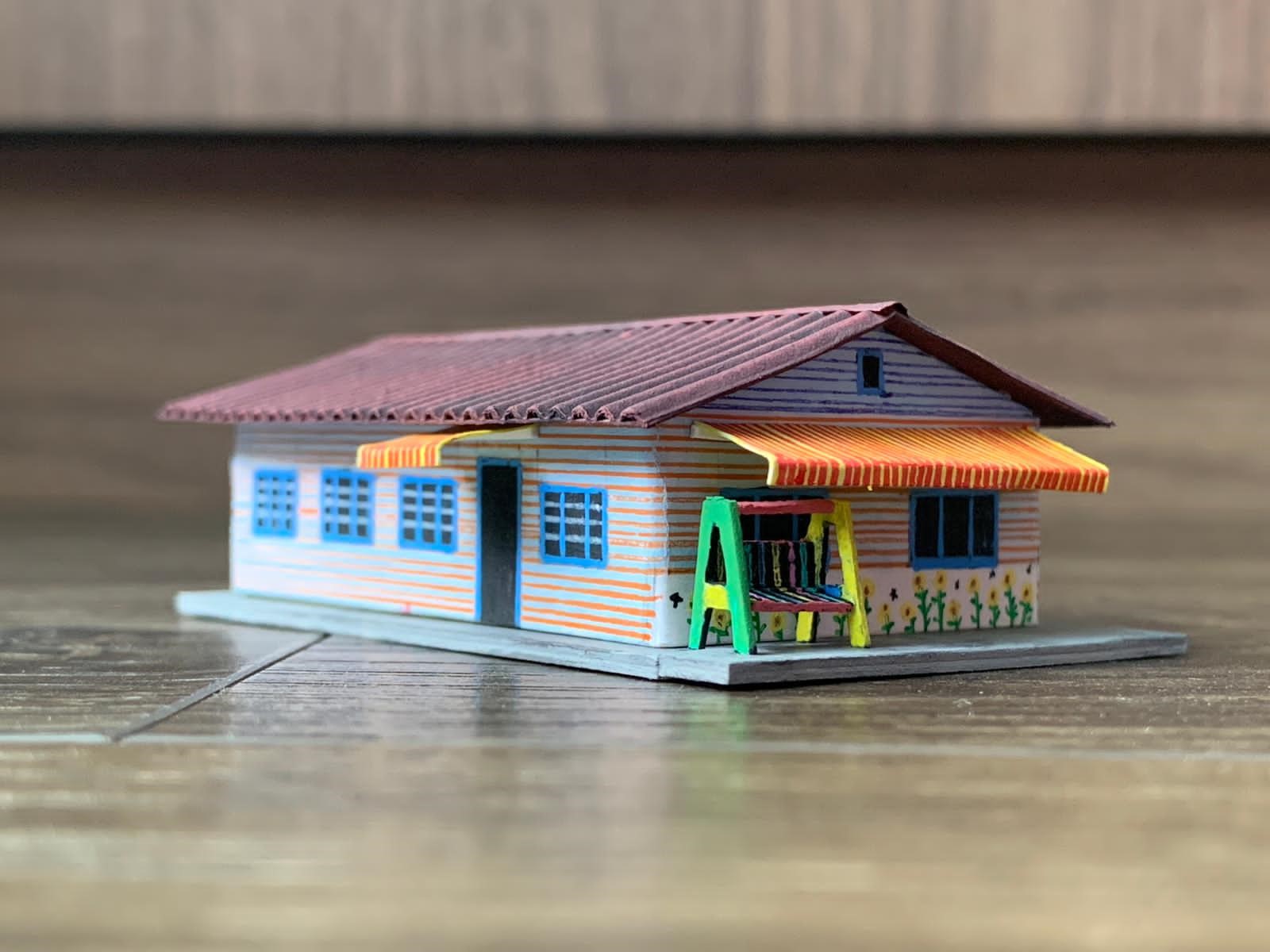
Miniature model house 3
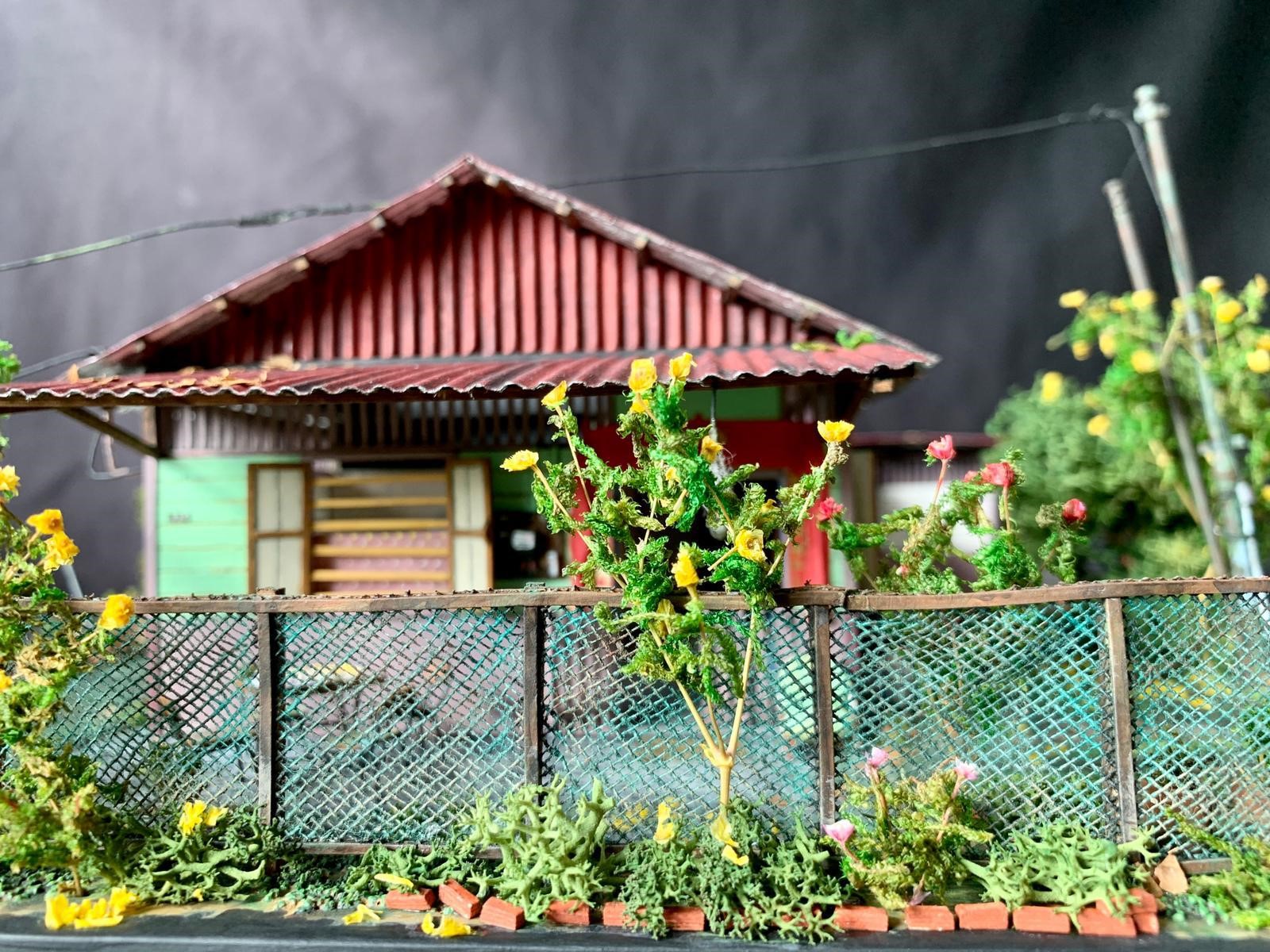
Miniature model house 5
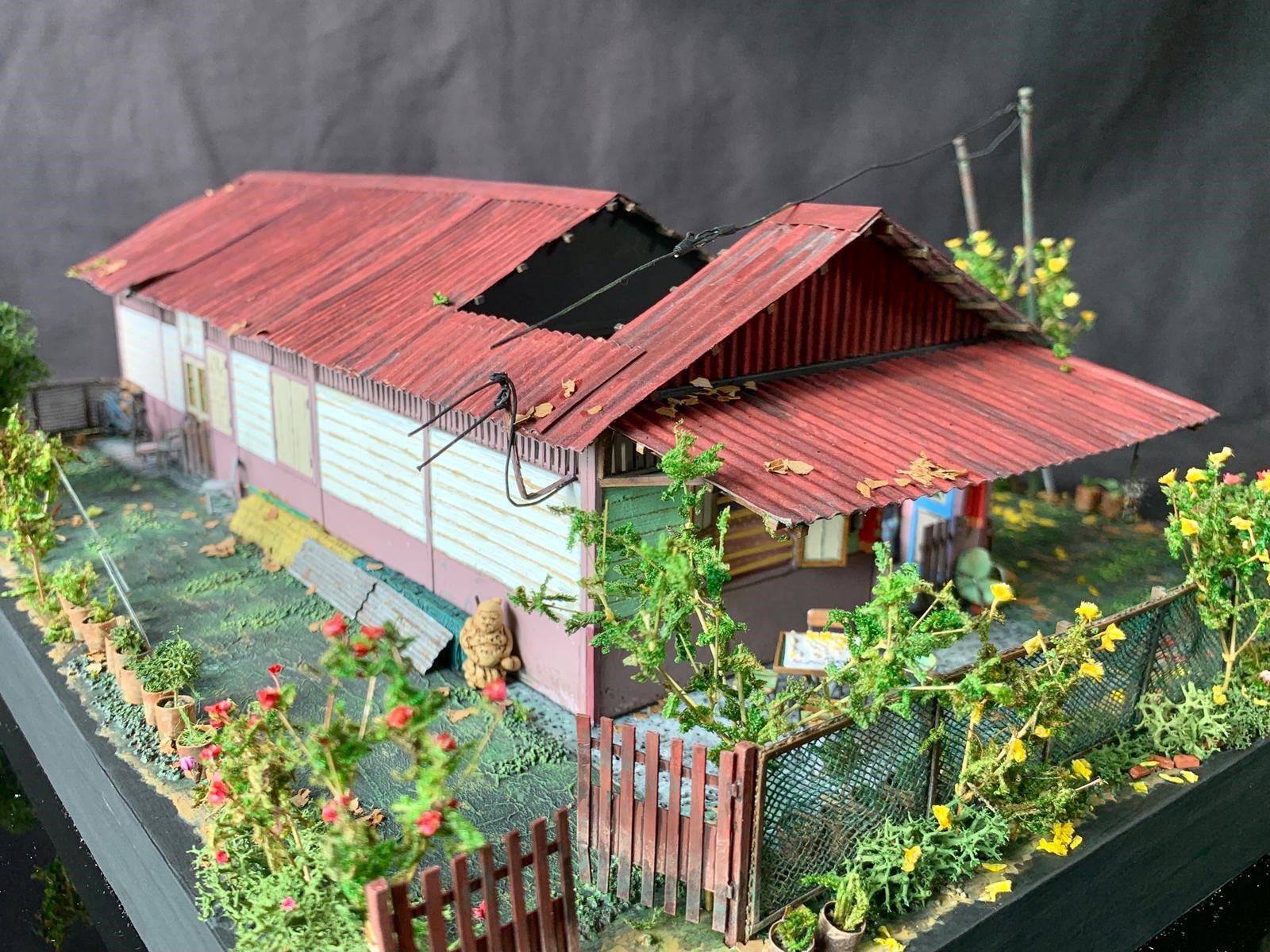
Miniature model house 6
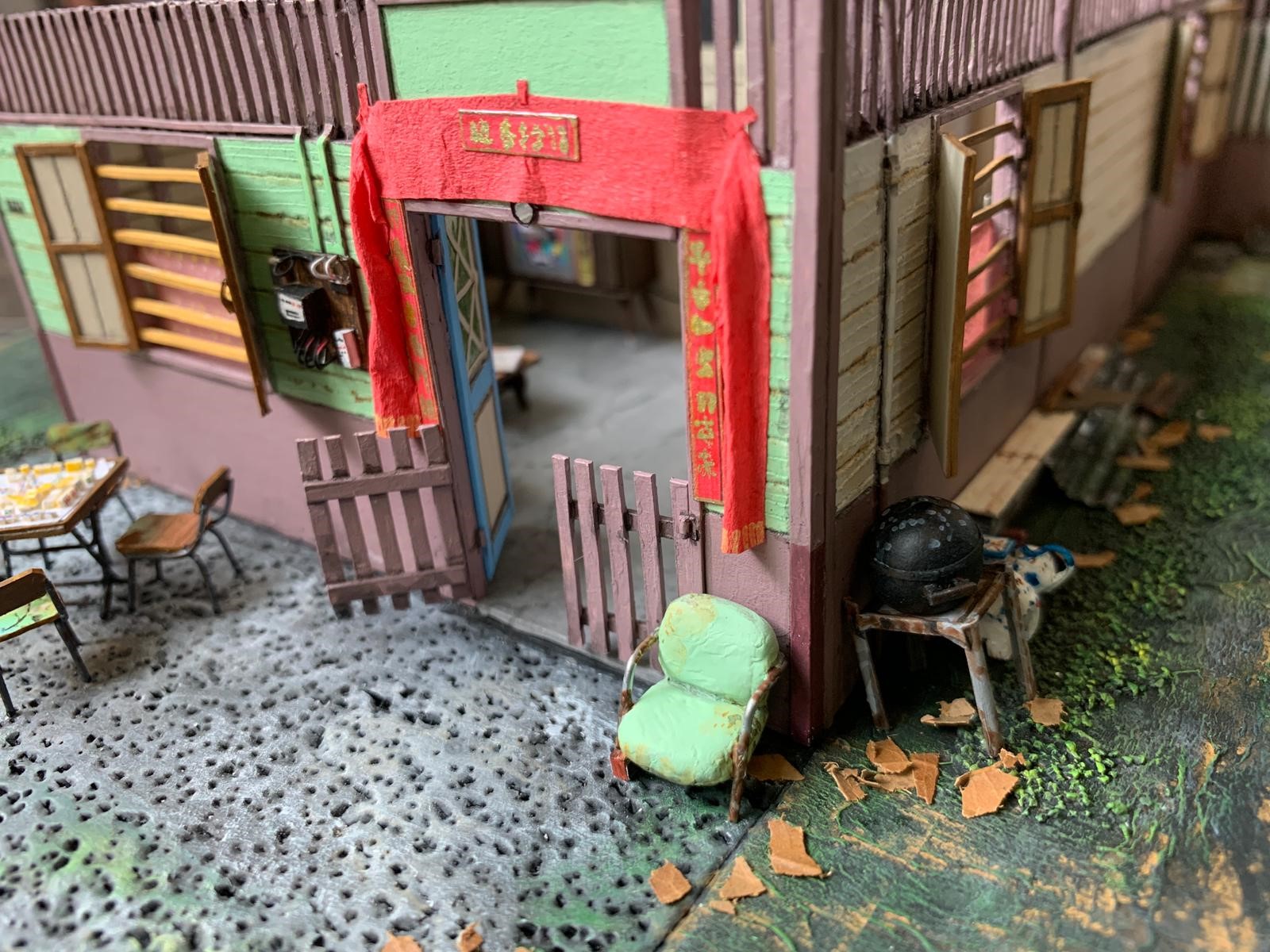
Miniature model house 7
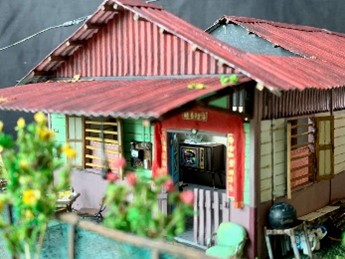
Miniature model house 8
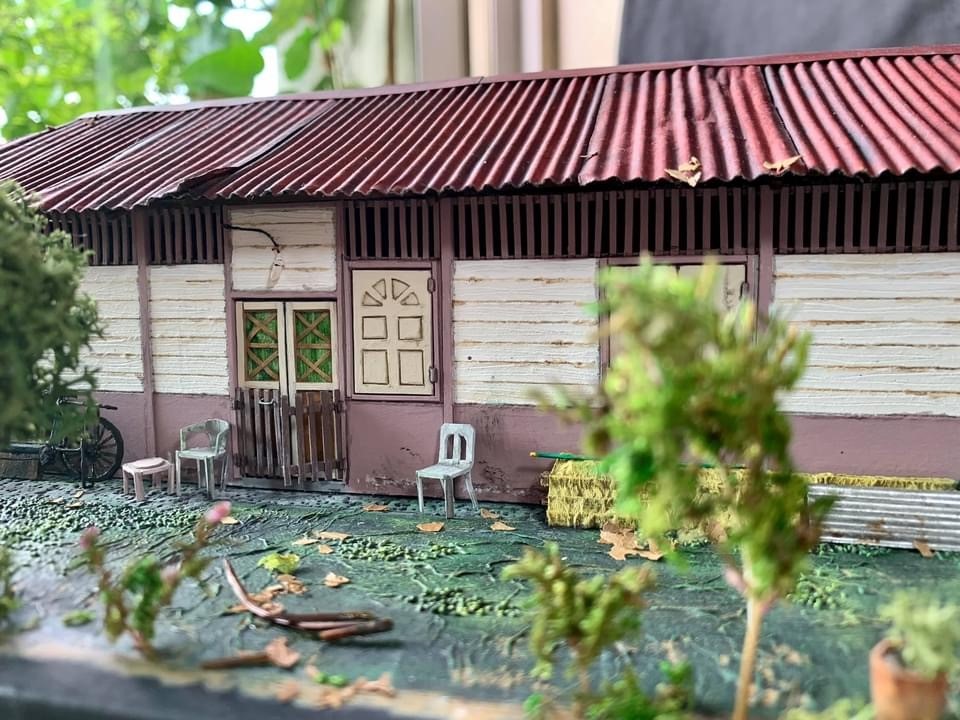
Miniature model house 10
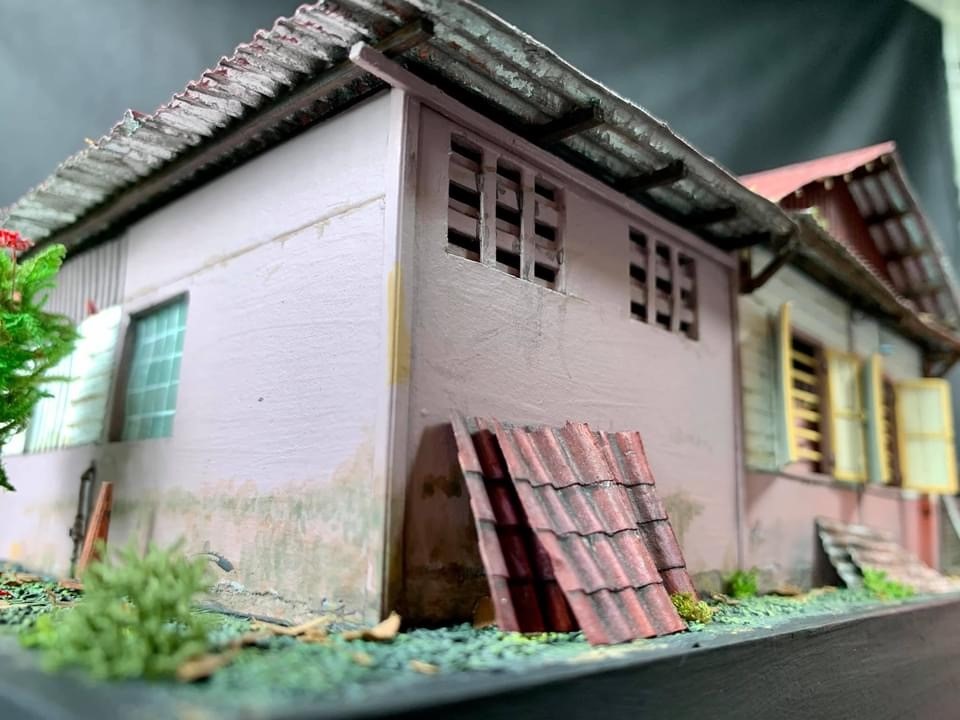
Miniature model house 11
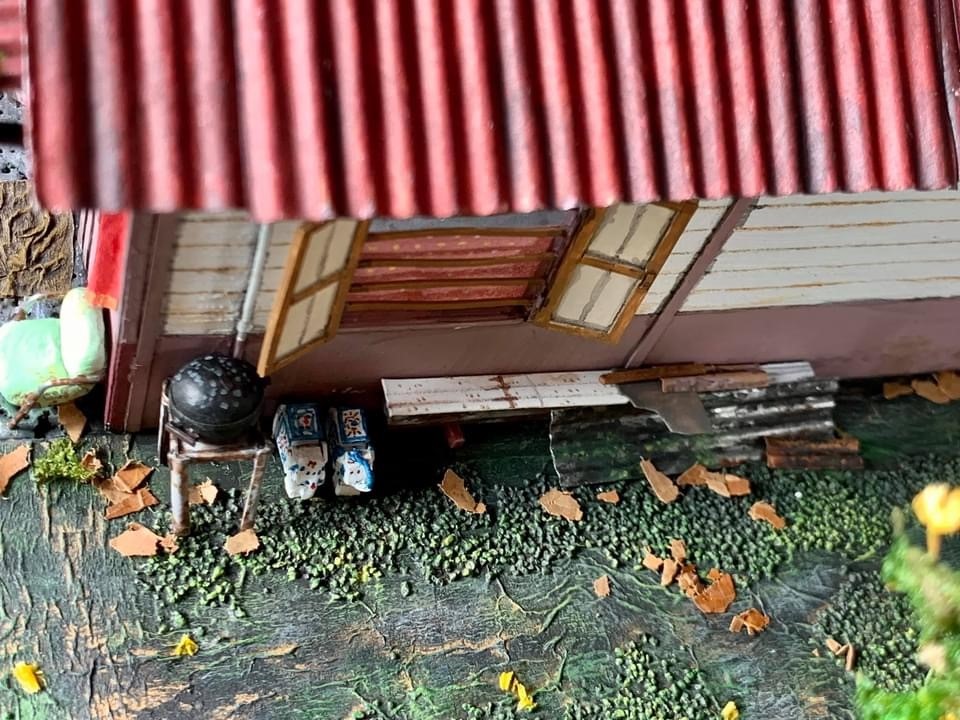
Miniature model house 13
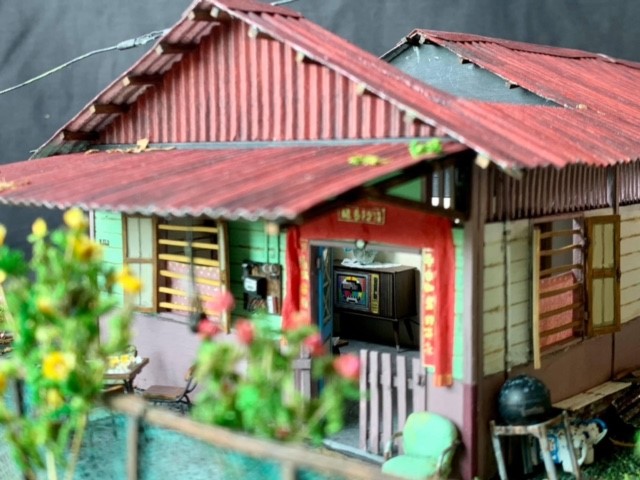
Miniature model house 16

Miniature model house 4
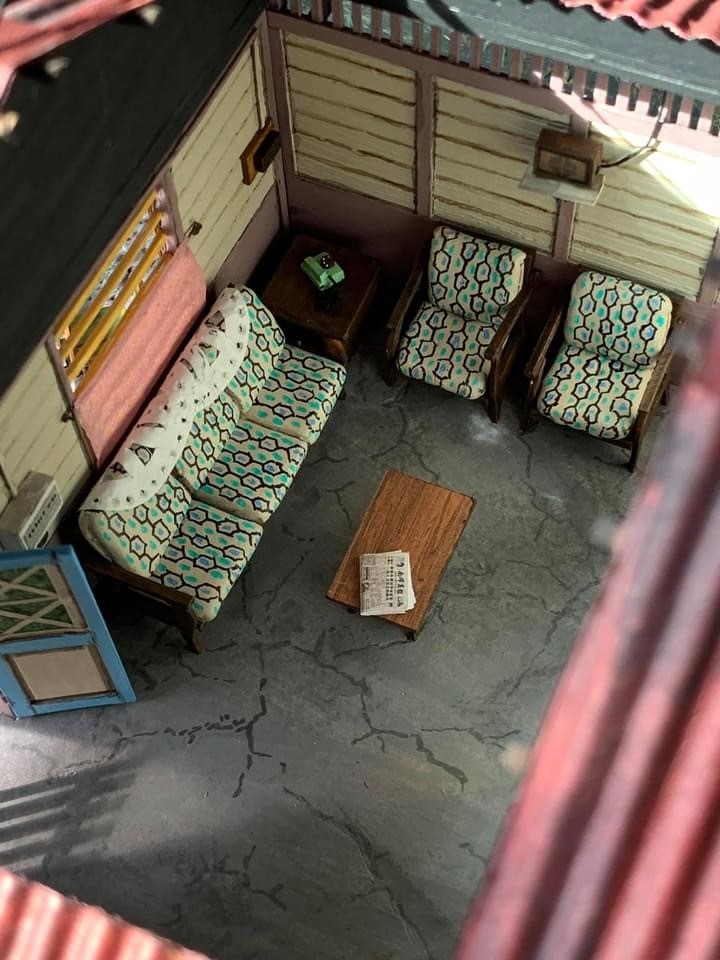
Miniature model house 12
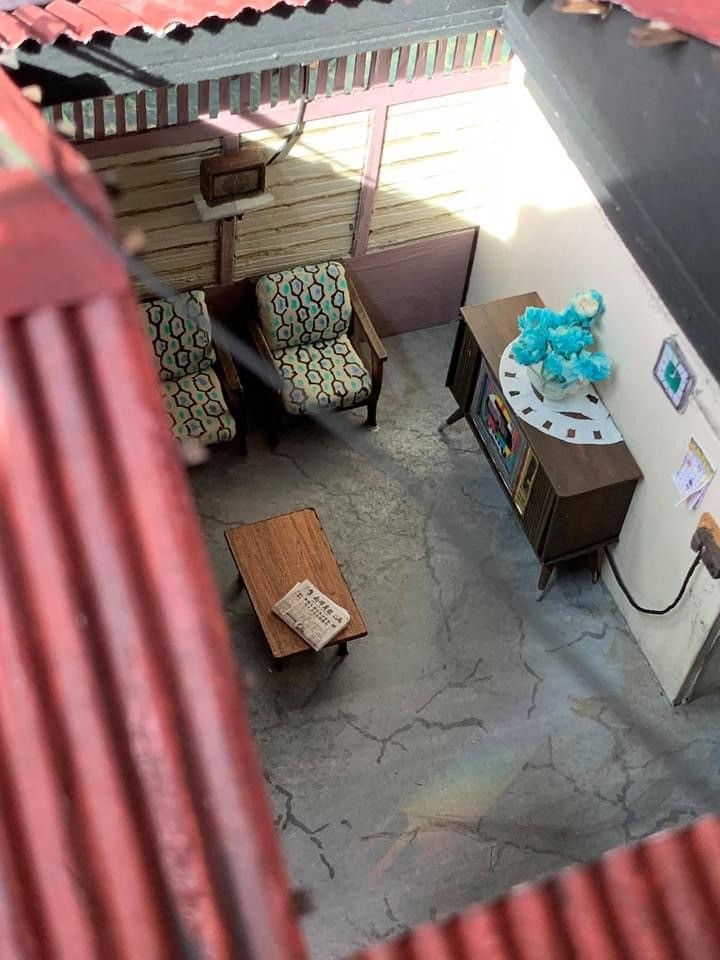
Miniature model house 14
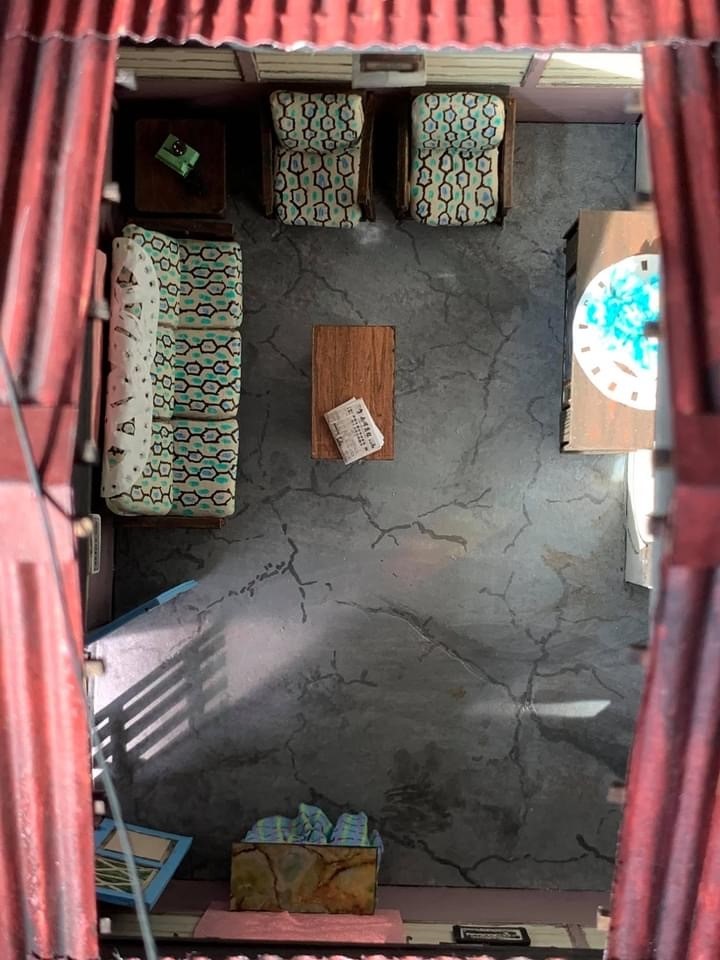
Miniature model house 15
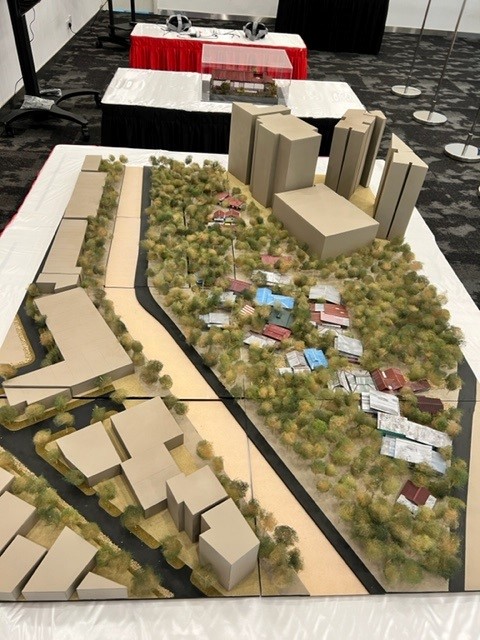
Project KLB Exhibition 2
''Nostalgic Futures'' - SIT Student Design Competition
Nobody can predict the future, which is riddled with uncertainties and mysteries yet to be unravelled. The aim of this student design competition for Kampong Lorong Buangkok’s future is most definitely not to produce guaranteed plans or visions for the physical environments of the kampong. The audacity to claim such visions would be foolish. The ideas are not meant to be indisputably flawless. There would be rough edges, and incompleteness. All these details are meant to provoke – ideas, creativity, and discussion. This competition aims to raise questions. Questions about heritage, space, policy, dreams, and related issues that our current and future generations desire to ask. Yet, all the questions that are wrapped in each of the proposed designs are, by design, to trigger in us plausible alternatives. Alternatives can be known as options. Some designs may seem otherworldly. Some designs may seem impossible in our time – as they should. This community-building exercise is meant for us to move beyond today, into a future that nobody has a monopoly on.
So why Nostalgic Futures? The Nostalgic Futures Student Design Competition used speculative design methodologies to imagine a future for the kampong. In drawing from the past stories of the kampong, the students were then tasked to imagine and design futures for the kampong’s unique site. The students, already skilled in spatial representation, were taught Speculative Design methodologies. These methods include, but are not limited to, scanning for signals of emerging technology and trends from political, economic, social, technological, legal, and environmental factors.
Hopefully, this collection of 6 projects, along with the questions they raise, would transport you to another world. The students’ aspirations through their designs are simultaneously offering both a cry for help and a call for hope. As mentioned at the beginning, the students could not, and never would, predict the future. However, this Nostalgic Futures competition led to alternatives of, and raised several questions about, the future of Kampong Lorong Buangkok.
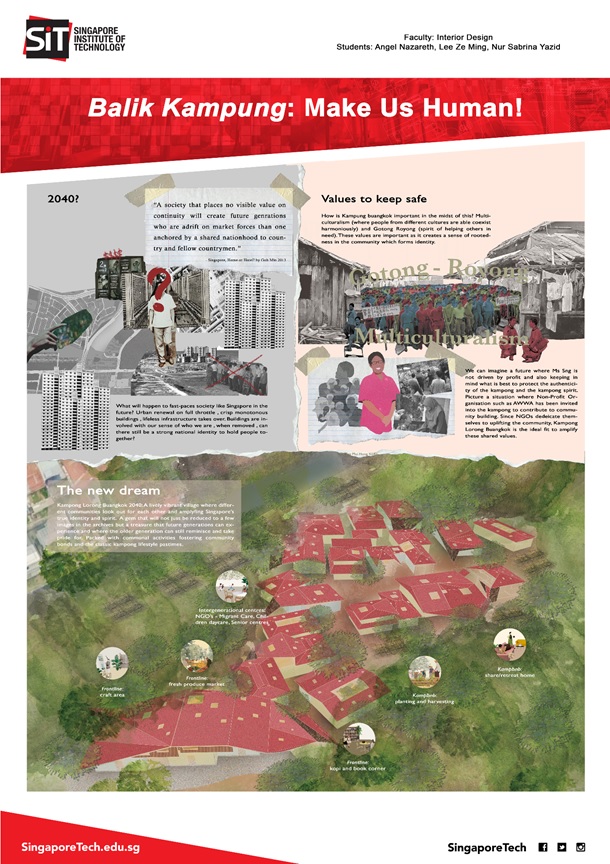
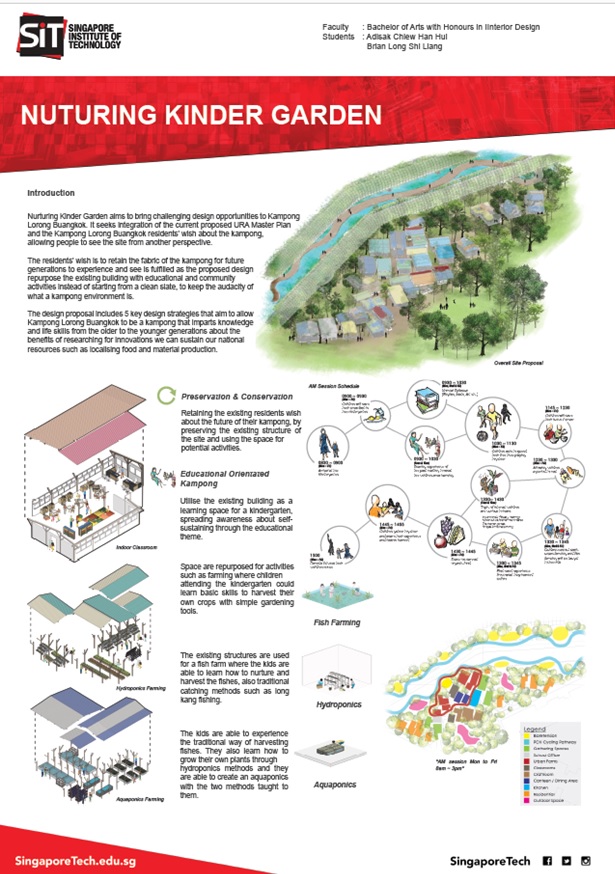

Publications
URLs of
papers/articles related to the project or project team members
1. Singapore Institute of Technology (2021, Jul 2). Project kampong
Lorong Buangkok. https://www.immersification.org/projects/2021/07/02/kampongbuangkok.html
2. Yow, S. H. Q. (2021,
May 27). Singapore's last surviving village. BBC Travel. https://www.bbc.com/travel/article/20210525-singapores-last-surviving-village
3. Mokhtar, I. A.
(2020). Project Kampong Lorong Buangkok: Preserving Singapore mainland’s
last rural village. International Journal of Social Science and
Humanity, 10(3), pp. 73-77. doi:
10.18178/ijssh.2020.V10.1017 http://www.ijssh.org/vol10/1017-ED5010.pdf
4. Singapore Institute
of Technology (2020, Sep 10). Preserving the Essence of Mainland
Singapore's Last Kampung. https://www.singaporetech.edu.sg/digitalnewsroom/preserving-the-essence-of-mainland-singapores-last-kampung/
5. Lee, D. (2017, Oct
2). Reply by Minister Desmond Lee in response to Adjournment Motion by
MP Dr Intan Azura Mokhtar on “Preserving Green Spaces and Heritage in
Jalan Kayu Constituency”. Ministry of National Development.
https://www.mnd.gov.sg/newsroom/parliament-matters/speeches/view/reply-by-minister-desmond-lee-in-response-to-adjournment-motion-by-mp-dr-intan-azura-mokhtar-on-preserving-green-spaces-and-heritage-in-jalan-kayu-constituency
6. Toh, E. M. (2017,
Oct 2). Redevelopment of Lor Buangkok kampong likely ‘several decades
later’. TodayOnline https://www.todayonline.com/singapore/redevelopment-lor-buangkok-kampong-likely-several-decades-later

